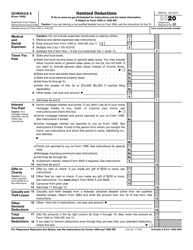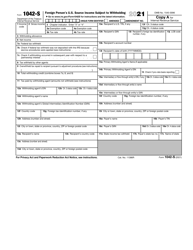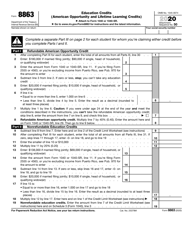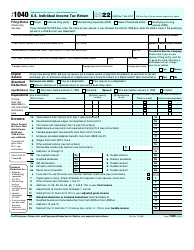Your Guide to Getting the Student Loan Interest Deduction in 2020

The student loan interest deduction will help you to alleviate the burden of paying a student loan back. In our article, you will find out more about the latest tax changes that affect income tax deductions, learn how to calculate student loan interest deduction, and find out more about other ways to minimize your education-related expenses.
What Is the Student Loan Interest Deduction?
The student loan interest deduction is a federal tax deduction that allows individuals to deduct up to $2,500 from their taxable income if they paid interest on education loans during the taxable year. The interest payments will be subtracted from your taxable income if your income is less than $65,000 ($135,000 for married and filing jointly). You can partially deduct student loan interest if you have earned between $65,000 and $80,000 ($135,000 and $165,000 for married and filing jointly).
How Do Student Loan Interest Deductions Work?
This is a type of deduction that reduces your taxable income. For instance, if you are in the 24% tax bracket and claim a $2,500 tax deduction, the taxes you owe reduce - or the tax refund you are entitled to increases - by $600.
You can claim the deduction if you comply with the following requirements:
- Your adjusted gross income is less than $80,000;
- You file as single or married filing jointly;
- If you are filing jointly, you or your spouse are not dependents on someone else’s tax return;
- You paid interest on a student loan in the taxable year;
- You have a legal obligation to pay interest on a student loan.
How to Get the Student Loan Interest Deduction?
The student loan interest deduction is claimed on IRS Form 1040, Individual Income Tax Return. The loan must be taken during the academic period of at least half-time enrollment that leads to a certificate, degree, or another credential. This loan must be used for education expenses – textbooks, supplies, tuition, and fees. It is also required to study at an eligible institution – any accredited public, non-profit, or privately-owned for-profit institution that participates in the student aid programs, qualifies.
To file for a deduction, you will need the following documents:
- Form W-2, Wage and Tax Statement, received from your employer.
- Form 1098-T, Tuition Statement. The educational institution files this form for each enrolled student;
- Form 1098-E, Student Loan Interest Statement. Ask your student loan servicer to send you this document if you paid interest on an education loan in the taxable year.
There are three ways to file for a deduction, depending on your tax residency status:
- Generally, to claim a student loan interest deduction, you are required to file Schedule 1 with your 1040 tax return. Indicate this adjustment to income on line 33 of Schedule 1.
- If you are a nonresident alien, you file another tax return – Form 1040NR. You are allowed to deduct interest directly in this form – complete line 33.
- Nonresident aliens with no dependents complete Form 1040NR-EZ. Line 9 lets them claim student loan interest deduction. The IRS requires to file this tax return with Form W-2, Wage and Tax Statement or Form 1042-S, Foreign Person's U.S. Source Income Subject to Withholding. If the tax was withheld, also attach Form 1099-R, Distributions from Pensions, Annuities, Retirement or Profit-Sharing Plans, IRAs, Insurance Contracts, etc.
Other Tax Breaks for College Students
There are several other tax incentives for students that qualify for a break on their education expenses.
| Name of the credit/deduction | How much you can get | How to qualify | How to claim |
| American Opportunity Tax Credit | Annual credit of $2,500 for qualified education expenses, including tuition | Your income is $80,000 or less ($160,000 if married and filing jointly). You or your dependent must pursue a degree and be enrolled. It is possible to apply for the credit for four years | Complete Form 8863, Education Credits (American Opportunity and Lifetime Learning Credits) and attach it to your Form 1040 |
| Lifetime Learning Credit | Up to $2,000 for qualified educational expenses – tuition and fees | Your income is $65,000 or less ($131,000 if married and filing jointly). You can file for this credit as long as you or your dependent is enrolled in an educational university or college | File Form 8863 with your tax return |
| Tuition and Fees Deduction | You can deduct up to $4,000 on your tax return and reduce the taxable income | You make under $80,000 ($160,000 if married and filing jointly). You are a student, married to a student, or a student is your dependent | Complete Form 8917, Tuition and Fees Deduction, and submit it with your tax return |






